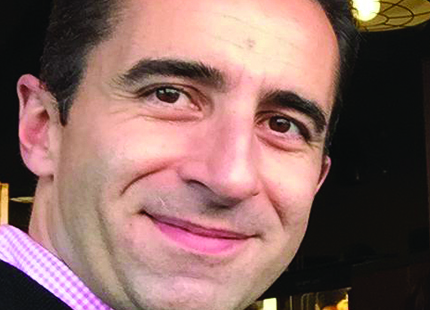
Ivan Fernandez
Visiting Lecturer
Ivan Fernandez
What do the Allies during WWII, UPS, and a small Belgium Chocolatier have in common? All three may participate in very different scenarios and face completely different challenges, but all three seek to optimize operations. For the Allies it was a matter of allocating war assets in the right place and at the right time. UPS needs to minimize cost and time for each delivery (an average UPS driver makes 120 stops with 6X10E198 possible route combinations…that is 6 followed by 198 zeros). The Chocolatier just needs to figure the number of each chocolate variety needed in production to maximize profit. In case this is not complicated enough, business and government need to figure it all out in a world of scarce resources, tight financial constraints, and ever changing market conditions.
Lucky for us we have mathematics, financial theory, and an incredible amount of computer power right at our finger tips. These three tools are the pillars of MGMT 931 Quantitative Methods for Business and Operations and FINA 929 Financial Management, which I have had the pleasure to teach at FSU since 2002. In both courses our MBA candidates learn how to structure and model complex operational and financial problems, identify constraints and goals, and arrive at the optimal solution. In MGMT 931 candidates master probability and linear programming with applications in scheduling, manufacturing, finance, marketing, distribution networks, and a few more. In FINA 929 we explore the basic concepts of financial markets and their effects on “real economies”, how to evaluate the most common financial instruments, forecasting, and modeling and selection of optimal financial operations. Both courses rely heavily on MS Excel and present a great opportunity for students to “supercharge” their computer skills.
These two courses are a perfect fit for the FSU’s MBA program where candidates come from many different industries and are pursuing very different roles within their business organizations.
My approach to teaching is centered on the candidate, understating that a candidate success is linked to the instructor’s success:
- Stories, cases, and examples that help students understand and remember complex concepts.
- Prompt response to e-mails, calls, and on-line postings
- Immediate feedback on exams and assignments
- Respect for the candidates’ own experience and knowledge
- Flexibility on topics
So, how did I become so passionate about economics, finance and scientific management? My grandfather started a transportation business in the 1920s. When I was a child I watched my father create daily schedules, bus routes, and annual budgets and financial needs for fuel and assets on a single piece paper. It was an art….knowing how many of the 100 vehicles and drivers where available, stops and precise pick-up times, time between stops, vehicle capacity, weather conditions, cost, etc.…all written using a series of codes. What my father was doing was constructing a series of matrices that somehow depicted a possible solution. As a child I always wondered if my father was selecting the best solution and if I would ever be able to do the same but faster and better….
